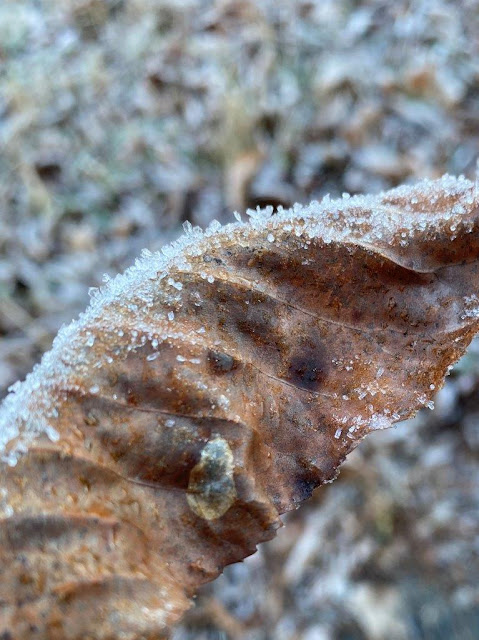Given the recent temperatures, I decided this is the perfect time to share books about polar life. From North Pole to South Pole, there are a lot of critters that live on ice and snow.
theme: animals, arctic, nature
Polar Bear
by Candace Fleming; illus. by Eric Rohmann
32 pages; ages 4-8
Neal Porter Books/ Holiday House, 2022
April in the Arctic.
Snow clouds scuttle across the sky. Temperatures barely nudge above freezing.
But this is the time of year when sunshine wakes up the frozen world. This is the time for polar bear cubs to go outside and meet that world. All winter long, mother bear has nurtured her cubs but now it’s time to head out for the long walk to the hunting grounds on the sea ice. But first, Mama bear sniffs the air to make sure it is safe.
What I like about this book: I like the verbs – cubs tumble, scramble, wrestle, squeal. As I read the text I can see those cubs rolling about on the tundra. And I like the adventure of heading to the ice where Mama bear teaches them to hunt seals. But what I love best of all is how the thread holding the story together from beginning to end is the ice. Without ice, how can the polar bears hunt? And what happens to them when a chunk of sea ice breaks off? Mama bear can swim miles, but what about her cubs? Even as Mama bear teaches her children how to survive, the world is changing more quickly than they can adapt.
And of course, there is back matter! This is where Candace gets into the nitty gritty of “it’s all about the ice” as well as sharing cool facts about polar bears. Oh, and did I mention the gorgeous illustrations? I love how Eric Rohmann portrays polar bear expressions.
Ice! Poems About Polar Life
by Douglas Florian
48 pages; ages 7-10
Holiday House, 2022 (paperback)
Sure, the Solstice has passed and we are (technically) headed for longer days. But January and February are cold months here in the northeast. And sometimes, given our crazy climate-chaos-broken jet stream, colder than the north pole! So I thought these poems would be perfect reading for snow and ice days. This book contains poems about life from both polar regions, arctic and Antarctic, where the days can be cold even in the spring. Douglas Florian casts his poetry net wide, sharing observations about penguins and polar bears, caribou and foxes.
What I like about this book: These poems are fun and filled with word play. For example, Florian presents the caribou’s wide hooves as “cariboots” and warns children not to push the musk ox “ox-idently.” My favorite, though, is the ptarmigan. Just like pterodactyl, the p in “ptarmigan” is silent. Florian plays with this, noting that the ptarmigan is a ptimid bird that lives on the ptundra…
I also like that each poem is accompanied by additional information, so readers can learn about the animals. And I really appreciate that the last poem focuses on climate change, with a message that finding solutions is something readers can do. There’s a link so people can explore steps they can take to stop global warming and protect polar creatures. And I also like the illustrations – they are fun, and will inspire kids to make their own drawings of polar animals.
Beyond the Books:
Learn more about a polar creature. Make a few notes about where it lives, what it eats, and whether it builds a home. Then write a story or poem about it.
Make a penguin (or two) from recycled toilet paper tubes. Here’s some directions.
Grab a potato (or that really old kohlrabi at the back of the fridge) to make some polar bear prints. You can find instructions here.
Today we're joining Perfect Picture Book Friday, an event where bloggers share great picture books at Susanna Leonard Hill's website. Review copies provided by the publishers.
























